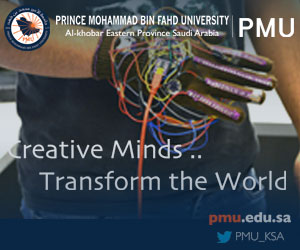What criteria does QS Stars use when rating universities, and why?
There’s been much discussion around what attributes form a world-class university, particularly with the growing popularity of university rankings and the data used to assess universities worldwide.
The criteria used in rankings and other assessments is key: each university is different and finding commonalities can be a challenge. QS Stars is different: we rate universities rather than rank them. To make the ratings process as straightforward and fair as possible, QS Stars methodology is based on several critical categories that assess universal, core strengths – including some that are overlooked in other university assessments and rankings.
Research
Indicators considered here include assessments of research quality amongst academics, productivity (i.e. number of papers published), citations (i.e. how recognized and referred to those papers are by other academics) and awards (e.g. Nobel Prizes or Fields Medals).
Teaching
A key role of a university is the nurture of tomorrow's finest minds, inspiring the next generation of potential research academics. Typical indicators in teaching quality assessments are collation of student feedback through national student surveys, further study rate and student faculty ratio.
Academic Development
This category is an alternate to the Research Category. The Academic Development category looks at institutions' efforts to enhance students' learning experience outside of the classroom. Some of these efforts could include: Number of faculty office hours that academic faculty dedicate every week for students to discuss assignments. In this category we also look at the availability of academic learning centers for students - as well as -teaching and research assistantship opportunities.
Employability
Graduate employability encompasses more than academic strength, focusing on ‘work-readiness’ - the ability to work effectively in a multi-cultural team, to deliver presentations, to manage people and projects. Common indicators in this area are surveys of employers, graduate employment rates and careers service support.
Internationalization
Here, effective indicators could be the proportion of international students and staff, the numbers of exchange students arriving and departing, the number of nationalities represented in the student body, the number and strength of international partnerships with other universities and the presence of religious facilities.
Facilities
University infrastructure is an indicator which enables students to know what to expect from their university experience. Indicators such as sporting, IT, library and medical facilities, as well as the number of students societies are considered within this criterion.
Online/Distance learning
This category looks at various indicators such as student services and technology, track record, student faculty engagement, student interaction, commitment to online and reputation of the university.
Social Responsibility
Engagement measures how seriously a university takes its obligations to society by investing in the local community as well as in charity work and disaster relief. It also analyses the regional human capital development and environmentally awareness.
Innovation
Innovation, the output of the universities activities and findings to economy, society and culture, has become increasingly relevant for universities.
Arts & Culture
Effective indicators are the number of concerts and exhibitions organized by the institution, the number of credits and cultural awards and cultural investment.
Inclusiveness
This area looks at the accessibility of the university to students, particularly at scholarships and bursaries, disability access, gender balance and low-income outreach.
Specialist Criteria
Excellence in a narrow field is as valid a claim to world-class status as competence in the round. These criteria are designed to extend credit where it's due. This category looks at accreditations and discipline rankings.
For more in-depth information about QS Stars, visit the QS Intelligence Unit website.





